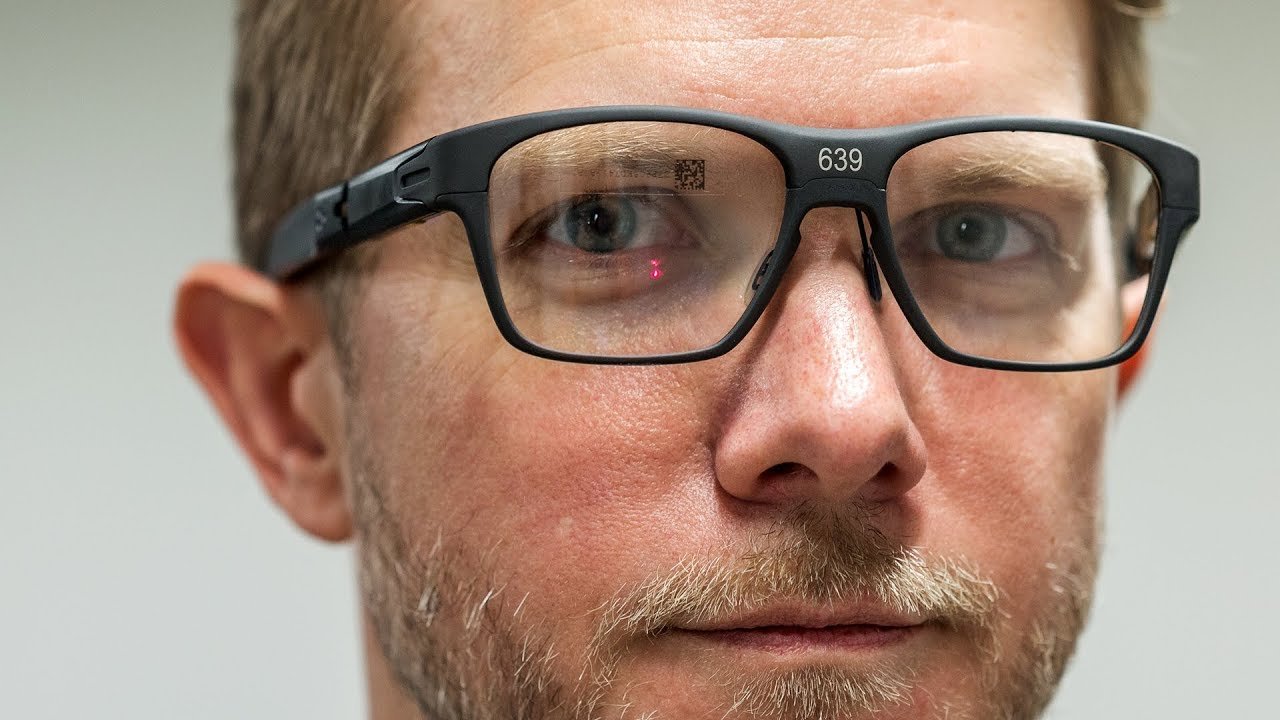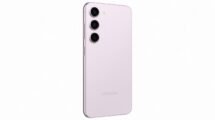If you think smartglasses have to be weird shaped tech overhang sort of things, think again. For the new Vaunt smartglasses from Intel can be hard to make out from regular prescription glasses, save for the sides that is just a tad bit thicker.
That again is where most of the tech bits are located, which includes a vertical-cavity surface-emitting laser which emits low power laser beams, The Verge reported. Then there also is the holographic reflector that is integrated into the right lens but just clear of eye sight.
The way the whole setup works is this: a laser beam is emitted onto the holographic center thereby creating a tiny red colored image on the lens. The same in turn is projected right onto the user’s retina so that he or she gets to know of the details right away. No need to switch on anything or turn your head. In fact, the way the vaunt goes about doing its job can be considered to be straight out of a sci-fi flick or a spy thriller.
Another reason Intel managed to keep the smartglasses so simple in its looks is that it kept the unnecessary bits away. Those include a camera or microphone. The Google Glasses introduced in 2012 had both but ended up making the whole thing look so unwieldly. Not to mention, Google Glasses raked up privacy issues as well, and justifiably so as the users did have the capacity to shoot videos on the sly.
In fact, the Intel Vaunt does not even have a vibrator or build-in sound system to alert the user of incoming notifications. Instead, there is this tiny read object that is projected on the right lens. Train your eyes on the same and the details gets projected on the user’s retina itself.
That said, the Vaunt does come with a compass, an accelerometer, as well as an app processor. It support Bluetooth technology as well and can communicate with both iOS and Android smartphones.
Intel however said there is no way the user’s privacy gets breached as the image that gets projected to the lens will only be decipherable by the user. Further, the entire mechanism is considered safe too, with no adverse impact on the eyes expected from its use.
Intel though seems keen to project the Vaunt smartglasses as a tech demonstrator. Rather, it would perhaps be happy to see others take it forward and make it a market reality anytime soon. As to when it is likely reaches the market or how much it is going to cost is anybody’s guess at the moment.
Intel meanwhile has released a video showcasing the new smartglasses and the way it can fit into our lifestyle. It looks cool to say the least and it definitely will be great to see it do things in real life as has been shown in the video. Like say getting to see flight schedules when in the airport or calling our favorite digital assistant to pull out some info from the net, which then gets shown on our eyes.





